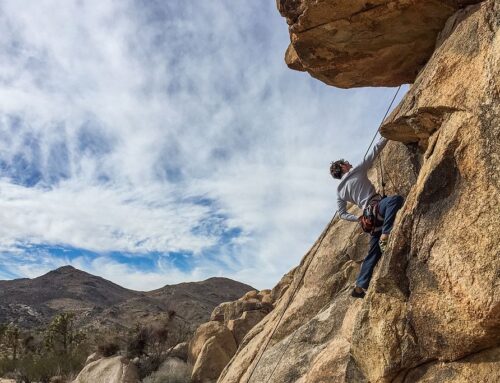Regardless of whether you are for or against it is fair to say that we are likely to see an increasing advancement in the technology and use of drones. Already we are seeing an increased use of these airborne robots within social marketing. One particular snack brand uses drones to target unsuspecting shoppers leaving a supermarket by dropping their new snack product into shopping trolleys as shoppers walk from the store to their cars. Tweeted photos and videos follow shortly after!
Concerns over the use of drones
Is this a step too far or are we seeing “innovative” marketing in a world where every brand is looking to stand out? One thing seems clear, the debate will continue. For people working in marketing, communications and related disciplines it is essential to listen to consumers as the debate unfolds and especially to understand what is permission based activity rather than simple blundering intrusion.
There’s no doubt that drones bring a whole new perspective on digital mobility and surveillance. Already there are plenty of commercial companies exploiting this new capability. Mostly in areas such as surveying, mapping, agriculture crop monitoring, stock control at large sites and pipeline inspection in the oil and gas sector. Logistics is an obvious application. Whilst Amazon’s trial deliveries have met with limited success (mainly due to regulatory issues), this area seems likely to grow significantly. The speed of evolution of this technology is huge and scenarios which seem fanciful today will soon become a reality.
Rules and regulations
Given this fast pace of change, regulators and insurers are having to deal with some novel issues. For insurers, designing products to cover drones is a significant challenge. In particular, establishing liability when collisions occur may be problematic. Drones may be prone to mechanical failure, interference in control systems, even cyber-attacks to crash them. All of these factors may come into play alongside irresponsible owners piloting unsafely or within controlled airspace.
In response, the EU is working on rules to protect public safety and privacy which are expected to be presented in the autumn. Currently the UK Civil Aviation Authority say that the public are free to fly their drones, as long as the vehicle weighs less than 20kg, flies no higher than 400ft and is no closer than 50m from people and not within 150m of a congested area or a large group of people. Unfortunately, sites such as YouTube are full of videos showing breaches of these `common sense’ guidelines. Some countries in the Middle East have banned drones completely citing security concerns. It seems that we need some middle ground between `light touch’ regulation and complete prohibition.
Using drones for good
Drones may soon play a significant role in future emergency management. One major incentive being that saving time generally saves lives too. Drones used by police, fire, and other emergency services are quickly being developed. An example of drones in the medical field is ‘Ambulance drone,’ developed by a student at a Dutch university, the flying defibrillator can respond within minutes to heart attack victims.
It has to be recognised that there are significant concerns over the commercial use of drones. They relate to issues of human rights, privacy and ethics. Central to this is whether drones are covert or overt and for some, their use is simply unacceptable. But if drones can protect the public and save lives, would we accept them even if our privacy is impacted?
This seems to be another case where technology leads whilst the moral and ethical imperatives raised are left chasing some distance behind.






Leave A Comment